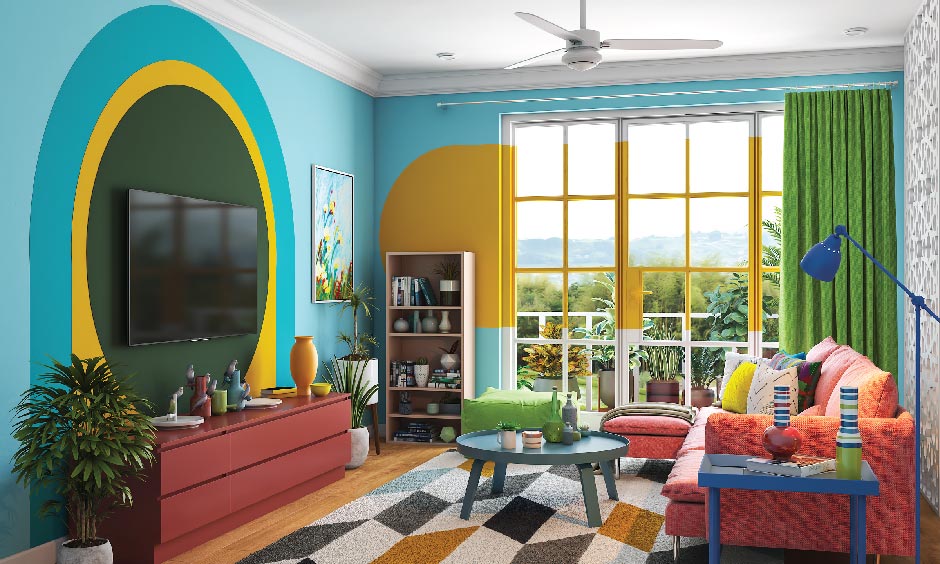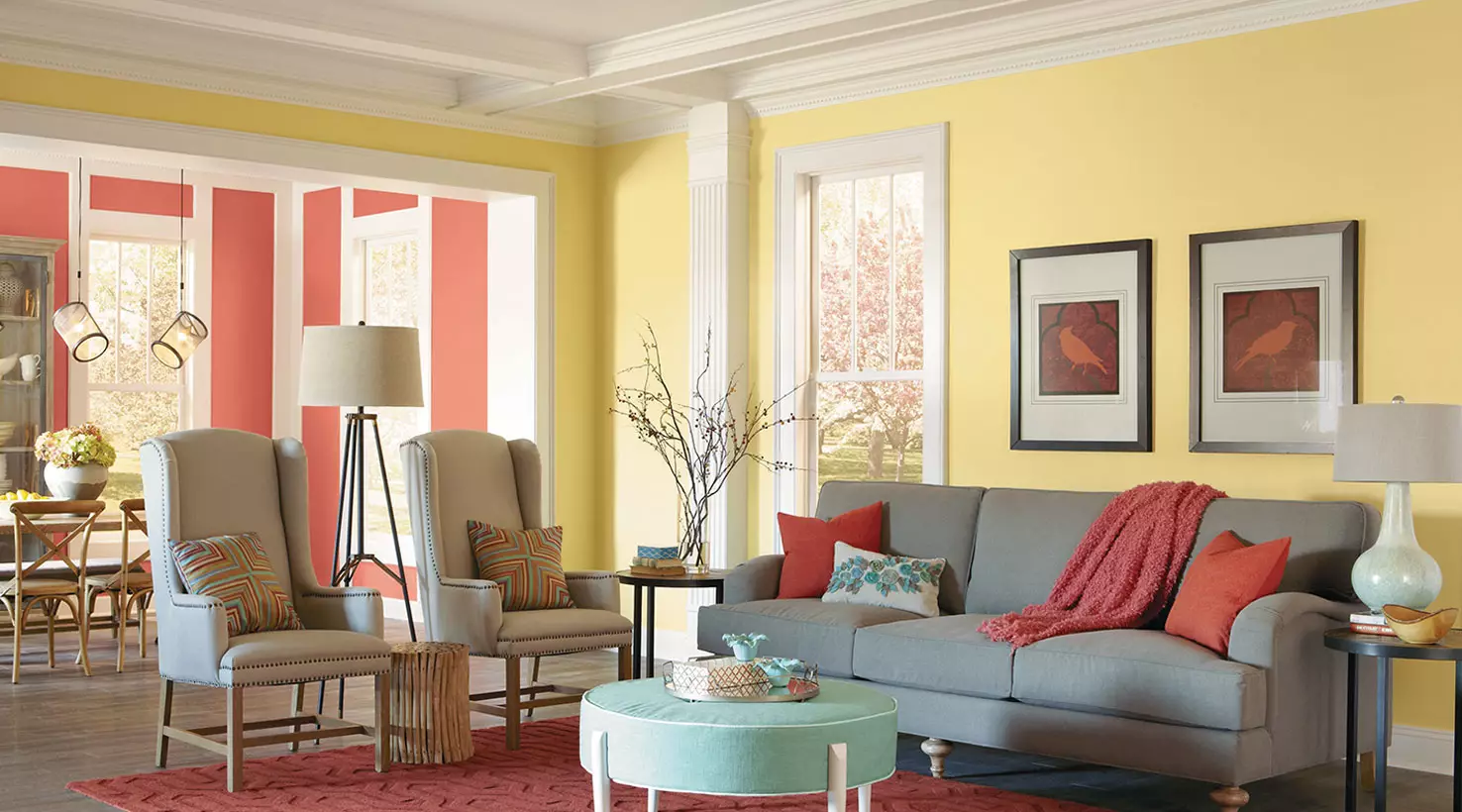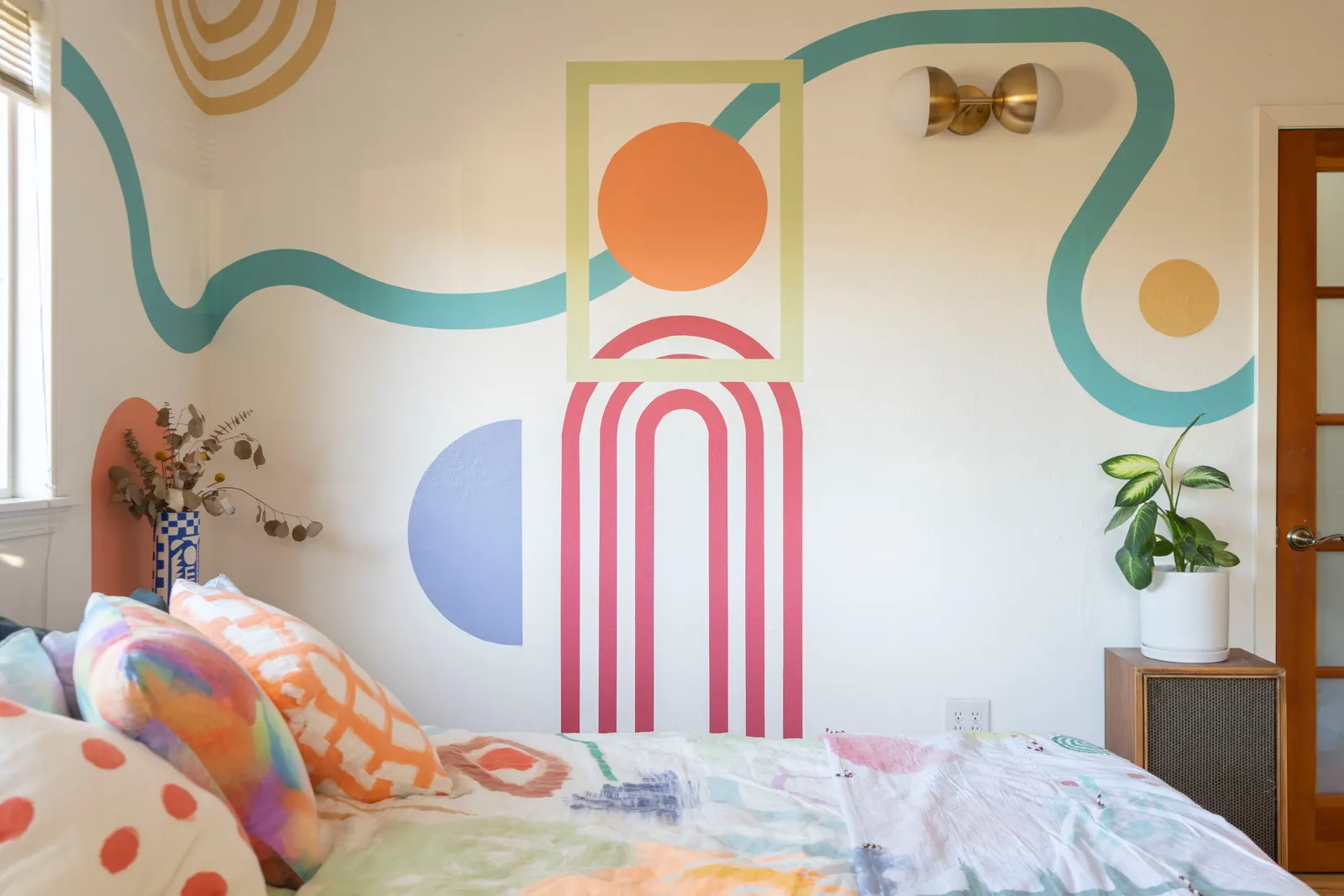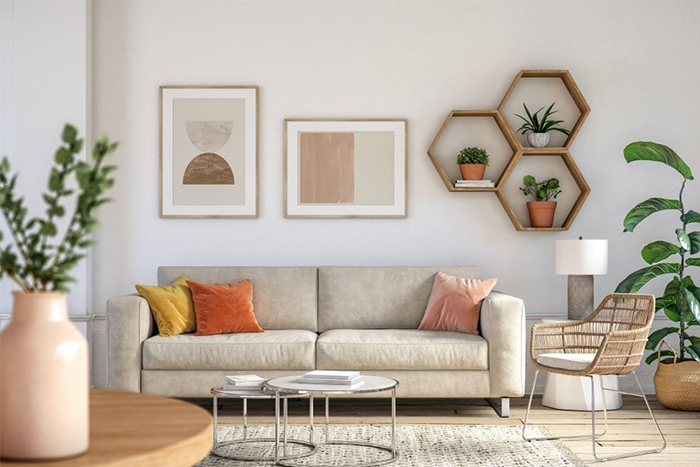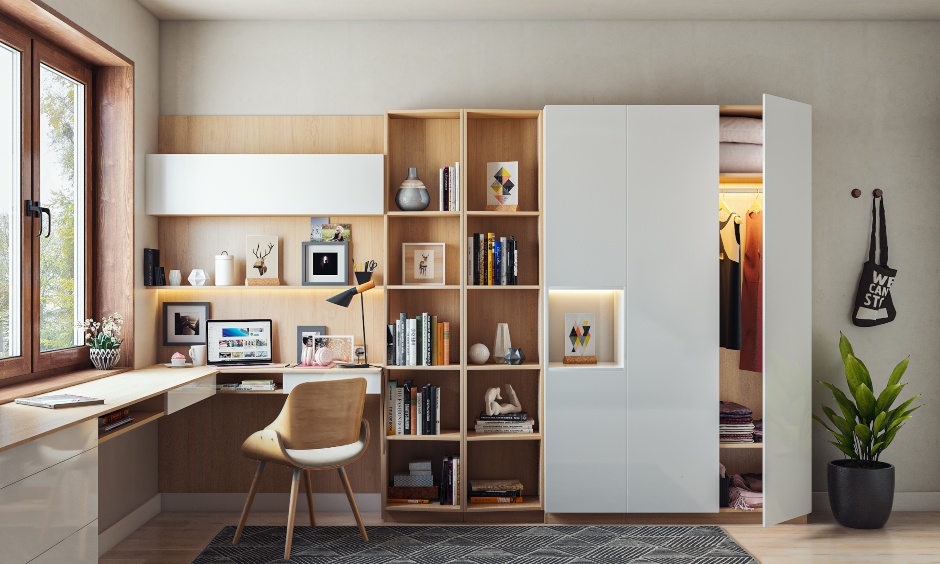Modern Interior Design Ideas
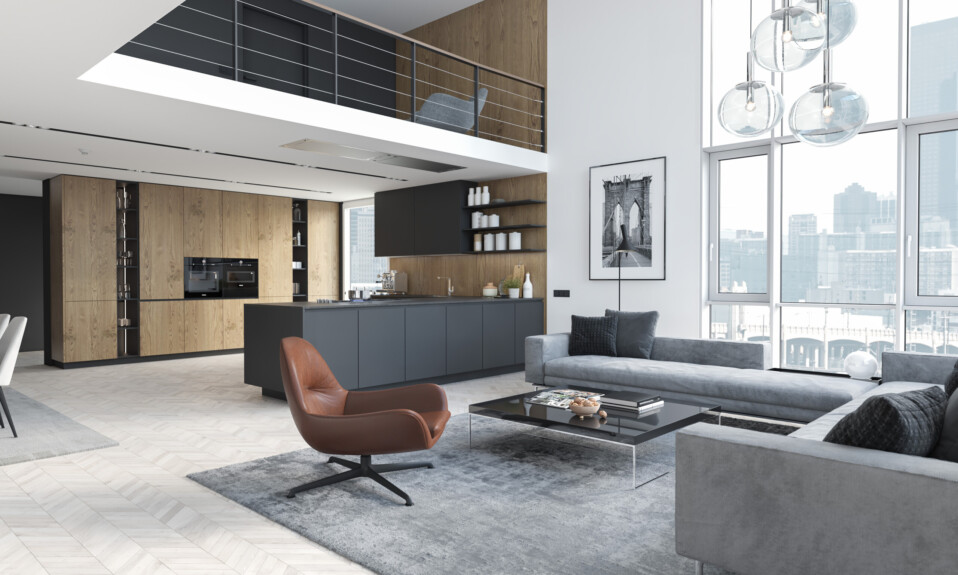
Anúncios
In the fast-paced and ever-changing world we live in today, the concept of modern interior design has gained immense popularity. Contemporary interior design focuses on simplicity, functionality and minimalism while creating spaces that are elegant and sophisticated. This approach to design not only enhances the aesthetics of living spaces, but also improves functionality and promotes a sense of calm and well-being.
The Essence of Modern Interior Design
Clean lines, open spaces and an uncluttered appearance are central features of modern interior design. It adheres to the philosophy of “less is more” and focuses on the essential elements that serve a purpose. Neutral tones combined with occasional vibrant hues add a touch of character to the space without overwhelming it. The use of natural light is also a standout feature of the modern design, making the room feel brighter and more inviting.
Anúncios
1. Open Map
One of the most important aspects of modern interior design is the integration of spaces through open floor plans. Removing unnecessary walls and barriers between rooms creates seamless flow and a sense of expansiveness. This design idea is perfect for small houses or apartments, as it maximizes usable space and allows for multifunctional spaces.
2. Minimalist Furniture
Minimalist furniture is a hallmark of modern interior design. Contemporary furniture is reduced to the essentials, with flowing lines, geometric shapes and an emphasis on functionality. Sleek sofas, glass-topped tables and neat shelving are the essence of modern design.
Anúncios
3. Integrate Technology
In the digital age, modern interior design integrates technology seamlessly into living spaces. Smart home devices, automated lighting systems, and voice-activated assistants are a few examples of how technology is improving the functionality and convenience of the modern home.
4. Natural Elements
While modern design leans towards a more minimalist aesthetic, it also embraces natural elements to add warmth and texture to spaces. By incorporating materials such as wood, stone or metal into the design, a harmonious balance is created between modern chic and the beauty of nature.
5. Personalized Lighting
Lighting plays a vital role in modern interior design. Unique and eye-catching lamps act as functional works of art, adding a touch of drama and elegance to a room. Boldly designed chandeliers, pendants and floor lamps can become the focal point of a room.
6. Monochrome Color Scheme
Modern interior design often revolves around monochromatic color schemes, the use of a single color in different shades and shades in a room. This creates a sense of coherence and simplicity while certain elements stand out, such as eye-catching artwork or colorful chairs.
7. Minimalist Art and Decor
When it comes to wall decoration and decor, modern design tends towards simplicity. Large abstract paintings, black and white photographs, or simple graphic prints can add personality to walls without overwhelming the space. In this context, less is more, allowing each piece to speak for itself.
8. Durable Design
Sustainability has become an important consideration in modern interior design in recent years. Using environmentally friendly materials and energy-efficient appliances not only reduces your environmental impact, but also contributes to a healthier, more responsible living environment.
Conclusion
Contemporary interior design is the perfect fusion of form and function, offering a fresh and contemporary approach to decorating living spaces. Contemporary design adheres to simple, clean lines and an emphasis on essential elements, enhancing the aesthetics of any home while promoting a sense of calm and balance. By integrating technology, sustainable practices and natural elements, contemporary interior design ensures that living spaces are not only visually appealing, but also functional and environmentally conscious. Whether you live in a cozy apartment or a spacious house, applying modern interior design ideas can transform your space into a sophisticated and inviting oasis.
FAQs
1. Can I incorporate vintage elements into modern interiors?
Yes, you can combine vintage or retro elements with modern interiors to create an eclectic and fun look. Consider adding vintage furniture, vintage-inspired decor, or antique accessories for accents that add a touch of nostalgia and uniqueness to your modern space.
2. How do you create a modern interior design on a budget?
With a few strategic choices, modern interiors can be created on a budget. Find affordable, minimalist furniture and decor at thrift stores or online marketplaces. Do-it-yourself projects, such as reworking old furniture or creating artwork, can also save money while adding a personal touch to your space.
3. Which specific materials are commonly used in modern interior designs?
Materials such as glass, metal, concrete and natural wood are often used in modern interior design. These materials help create a sleek, clean aesthetic while remaining durable and functional.
4. Which lighting options are best for modern interiors?
Statement lighting is a popular choice for modern interiors. Consider designing a unique and eye-catching hanging lamp, chandelier or floor lamp. In addition, by installing dimmers or using a smart lighting system, you can easily control the atmosphere and mood of your space.
5. Can I use patterns in modern interiors?
While modern designs often take a more minimalist approach, subtle patterns can be incorporated to add visual interest. Geometric patterns, simple stripes or abstract designs in textiles, rugs or accessories can complement an overall modern aesthetic.
